As the cold season approaches, it is essential to prepare your plants for the months ahead. Among these plants, Pelargonium, or florist's geranium (not to be confused with hardy geraniums!), deserves special attention. Whether you are a beginner or an experienced gardener, you may be wondering how to optimise the care of your Pelargonium before winter. Follow our helpful tips and address the questions you have to ensure the health and vitality of your plant during the harshest months of the year.
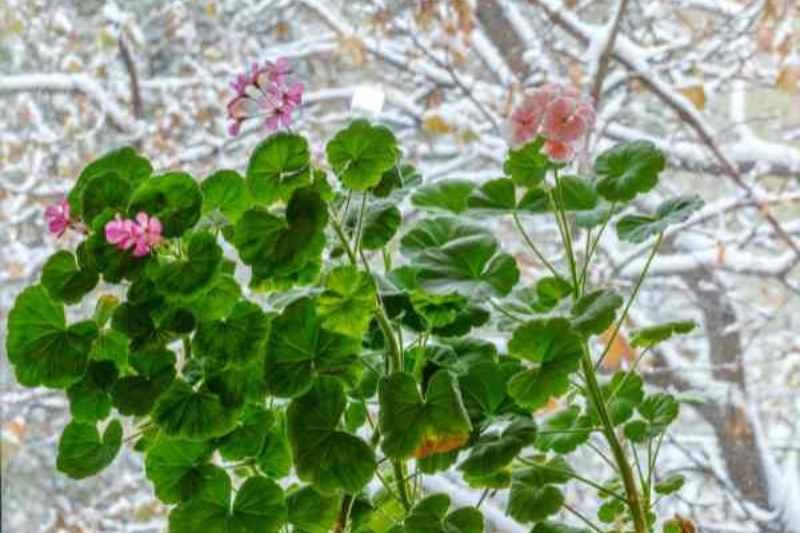
A quick note on Pelargonium
Pelargonium, commonly known as florist's geranium, is a perennial plant native to South Africa and belongs to the Geraniaceae family. Highly valued for its abundant flowering and fragrant leaves, it is a staple in gardens, balconies, and terraces. Unlike true geraniums, which belong to the botanical genus Geranium, Pelargonium is distinguished by its resistance to drier climates and ease of care, offering a variety of colours and forms.
If you want to learn more about Pelargonium, read: Pelargonium, Geranium: Planting and Growing.
Among the most well-known species of Pelargonium, we can mention:
- Pelargonium x hortorum: often referred to as "zonal geranium" due to the zonal patterns on its leaves. It is renowned for its generous flowering in various colours. Example: Pelargonium 'Decima'
- Pelargonium peltatum: also known as "ivy geranium", it is characterised by its trailing stems and shield-shaped leaves. Example: Pelargonium 'Rainbow Red'.
- Pelargonium graveolens: or scented geranium, this species is particularly appreciated for its fragrant leaves, which emit a rose-like scent. It is often used in the production of perfumes and essential oils.
- Pelargonium citronellum (sometimes named P. citrosum): or "lemon geranium", this species is valued for its lemongrass scent, which is said to repel mosquitoes.
- And other "botanical" (and collectible!) Pelargoniums, such as Pelargonium fructicosum, Pelargonium acetosum, Pelargonium reniforme or Pelargonium tetragonum.
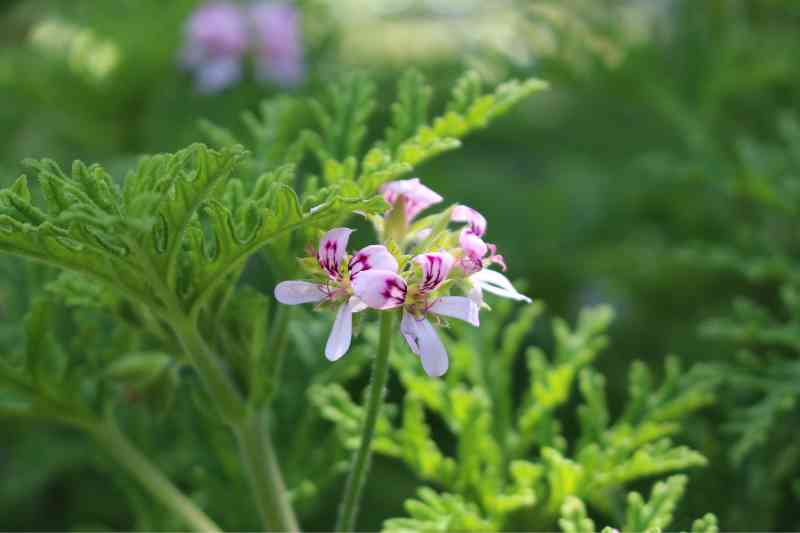
Pelargonium are frost-sensitive
To begin with, it is crucial to know that Pelargoniums do not tolerate frost. In climates where winter temperatures are harsh, it is advisable to bring them indoors, into a well-lit but not overly warm room. A temperature ranging between 10 and 15°C is ideal for wintering.
The ideal time to bring Pelargoniums indoors largely depends on your local climate. Generally, these plants should be sheltered before the first frosts, which can occur as early as late autumn in some regions. Keep a close eye on the weather forecasts and plan to bring your plants in when night temperatures start to approach 5°C.
In spring, the timing for bringing your Pelargoniums back outside also depends on the climatic conditions of your area. It is best to wait until all risk of frost has passed, which typically occurs between mid-April and early May in many temperate climates. Before putting them back outside, it may be beneficial to gradually acclimatise them by taking them out for a few hours each day, gradually increasing the duration of exposure over time. This allows the plant to adapt to outdoor conditions and reduces the risk of thermal shock.
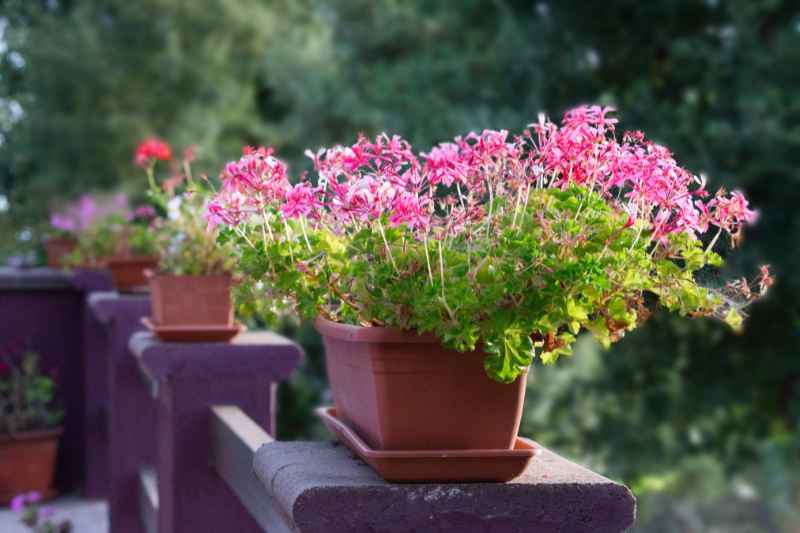
Caring for Pelargonium through winter
Once brought "indoors", your florist's geraniums will need a bit of care.
Regarding watering, it should be significantly reduced during the winter months. A resting period is indeed beneficial for the plant. You can wait until the soil is dry on the surface before watering again. Too much water could lead to root rot.
As for pruning, winter is the right time to tend to Pelargoniums. Remove damaged leaves and cut back the stems by half with pruning shears to encourage vigorous growth in spring.
Finally, do not forget to monitor for the potential appearance of pests such as aphids or mealybugs, which may take advantage of the plant's weakness during winter to settle in. Regular inspection and preventive treatment can help maintain the health of your Pelargonium.
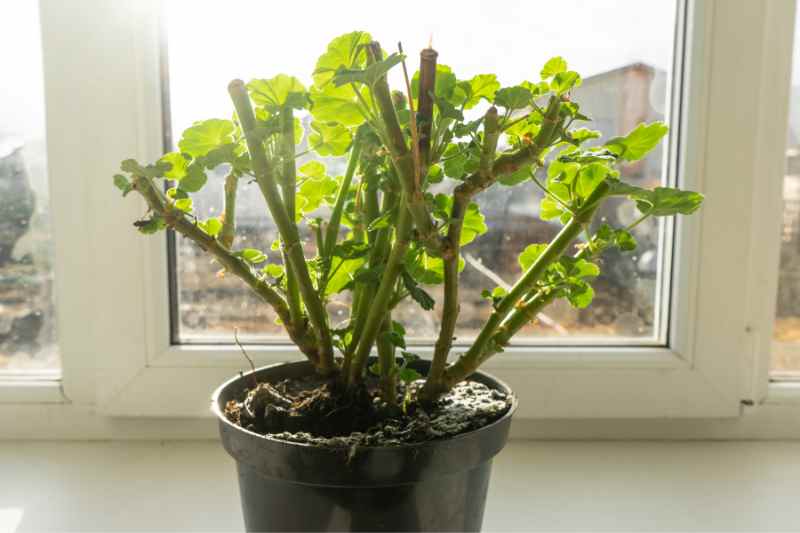
Necessary Equipment
- Pots or other containers with drainage holes
- Quality potting soil
- Pruning shears or snips
- Watering can































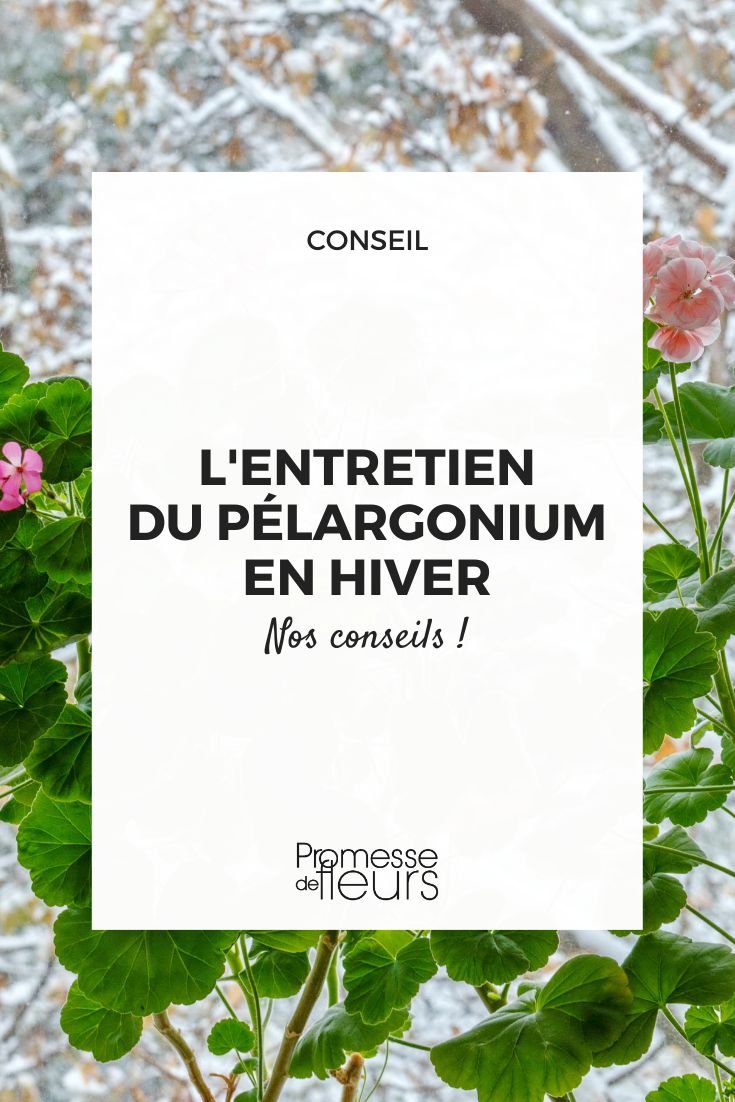
Comments